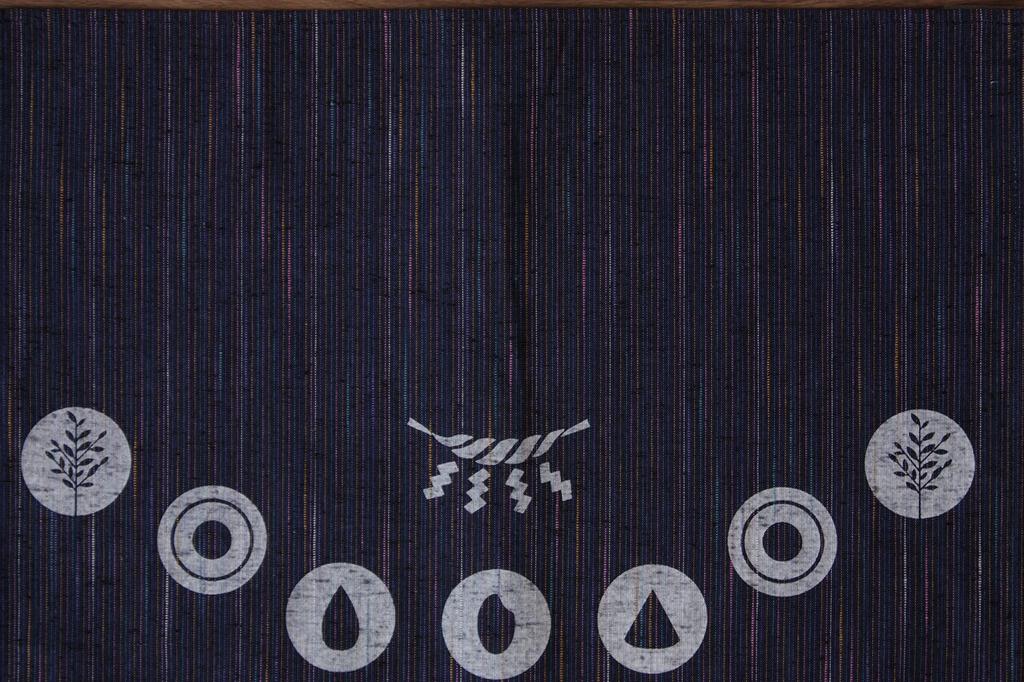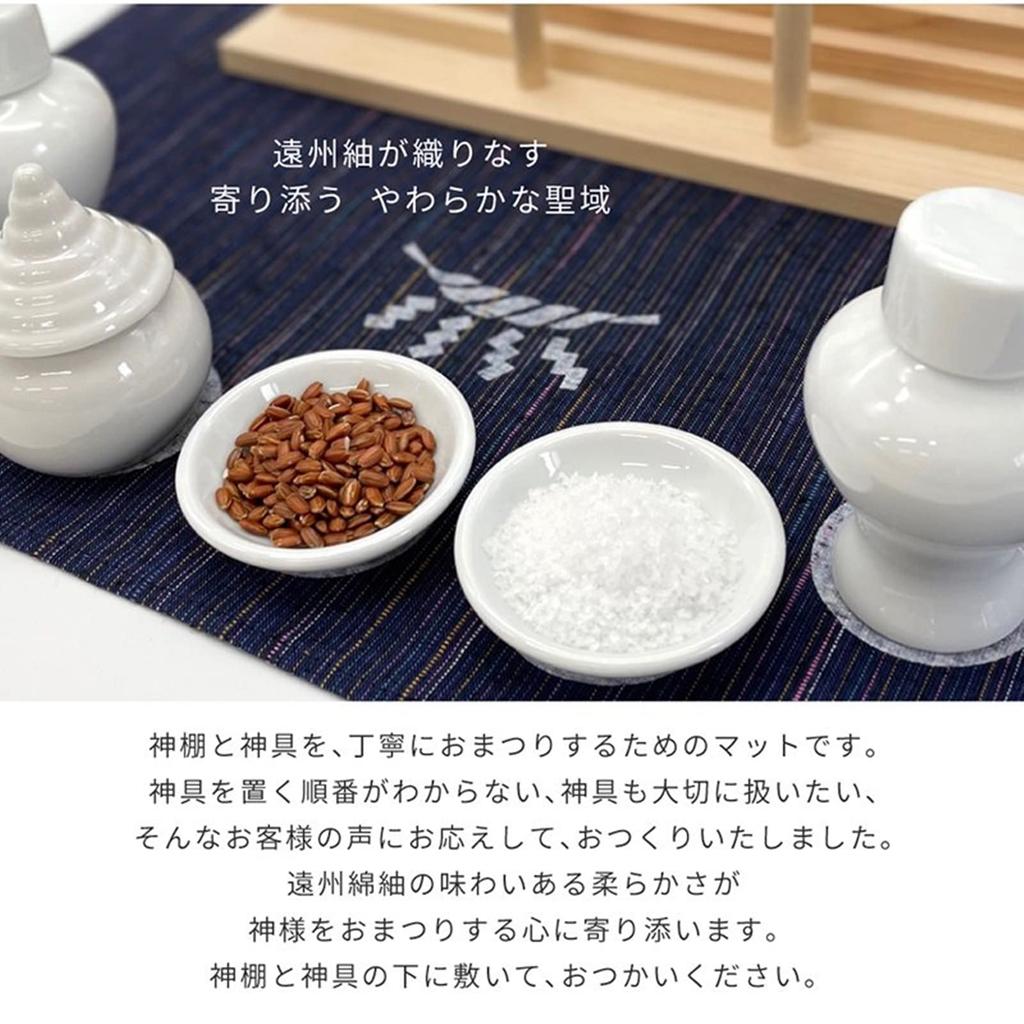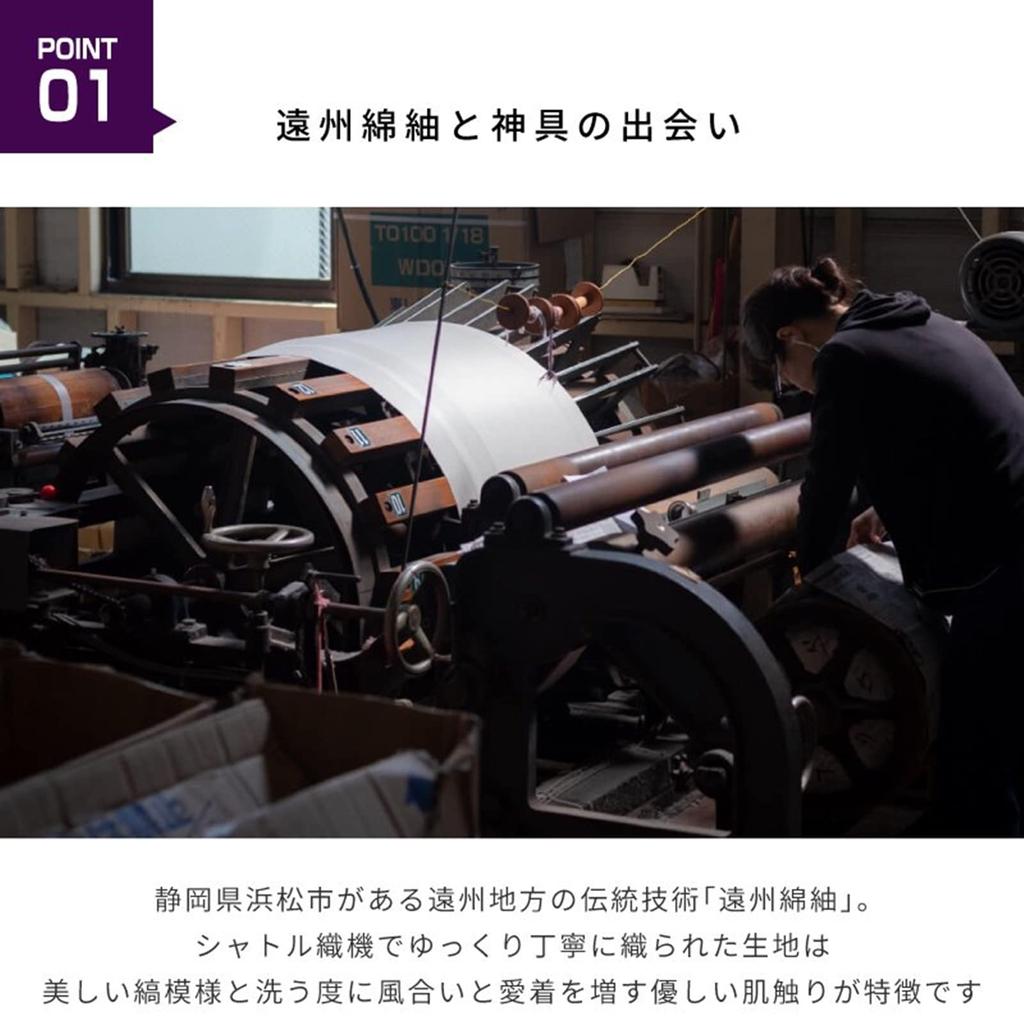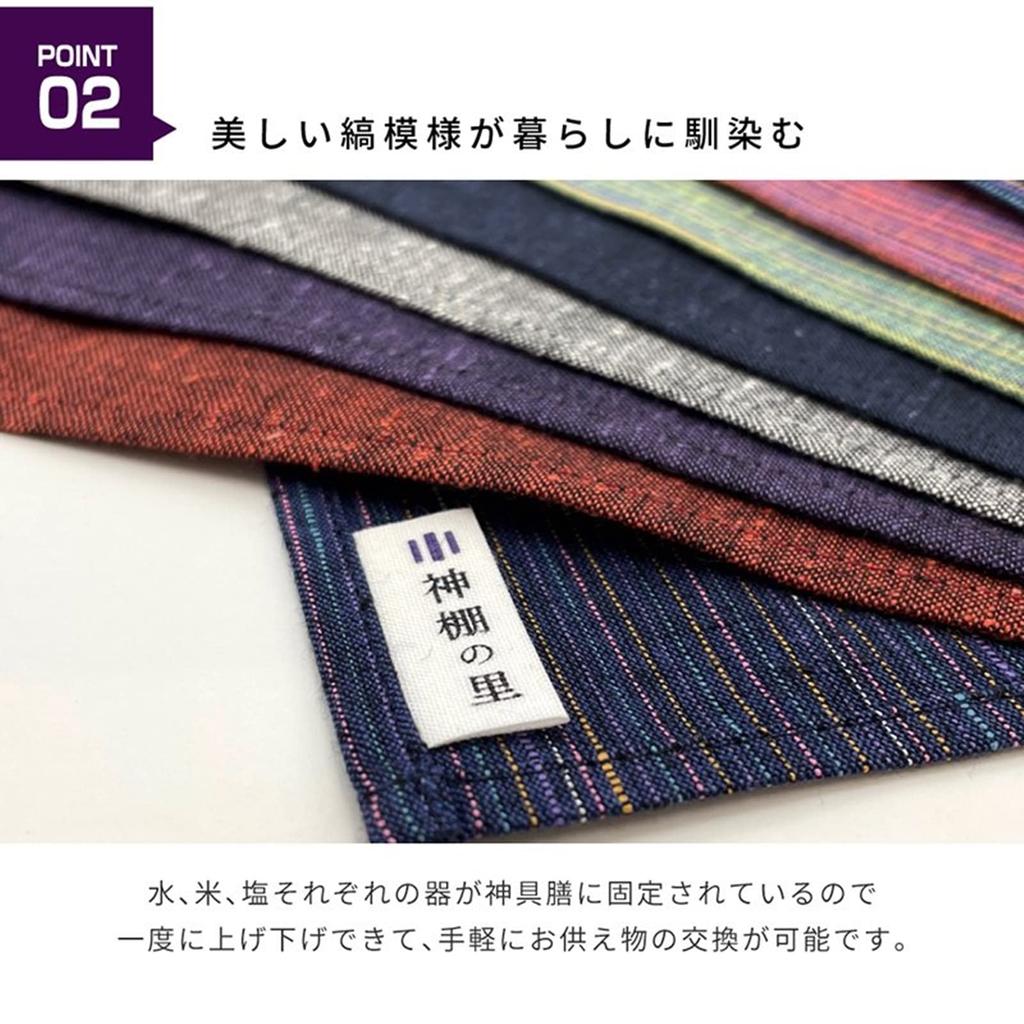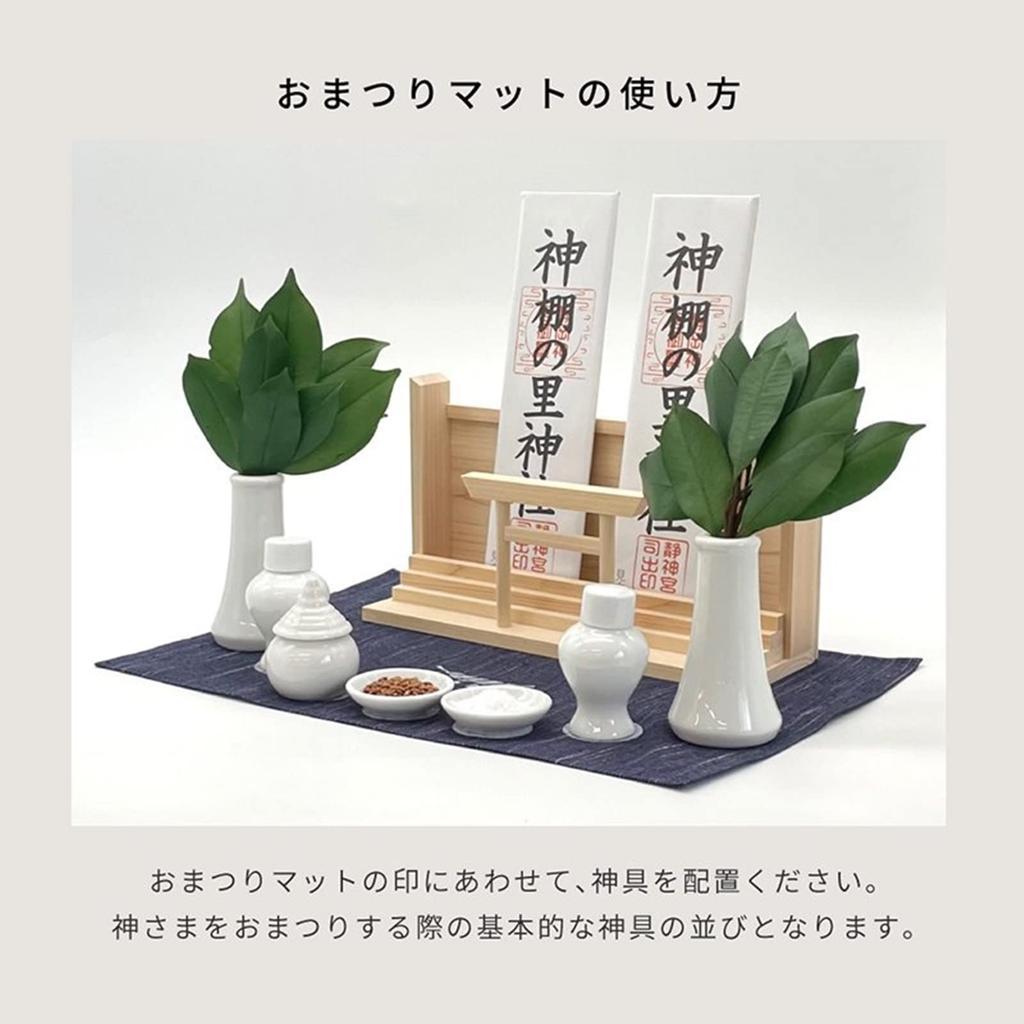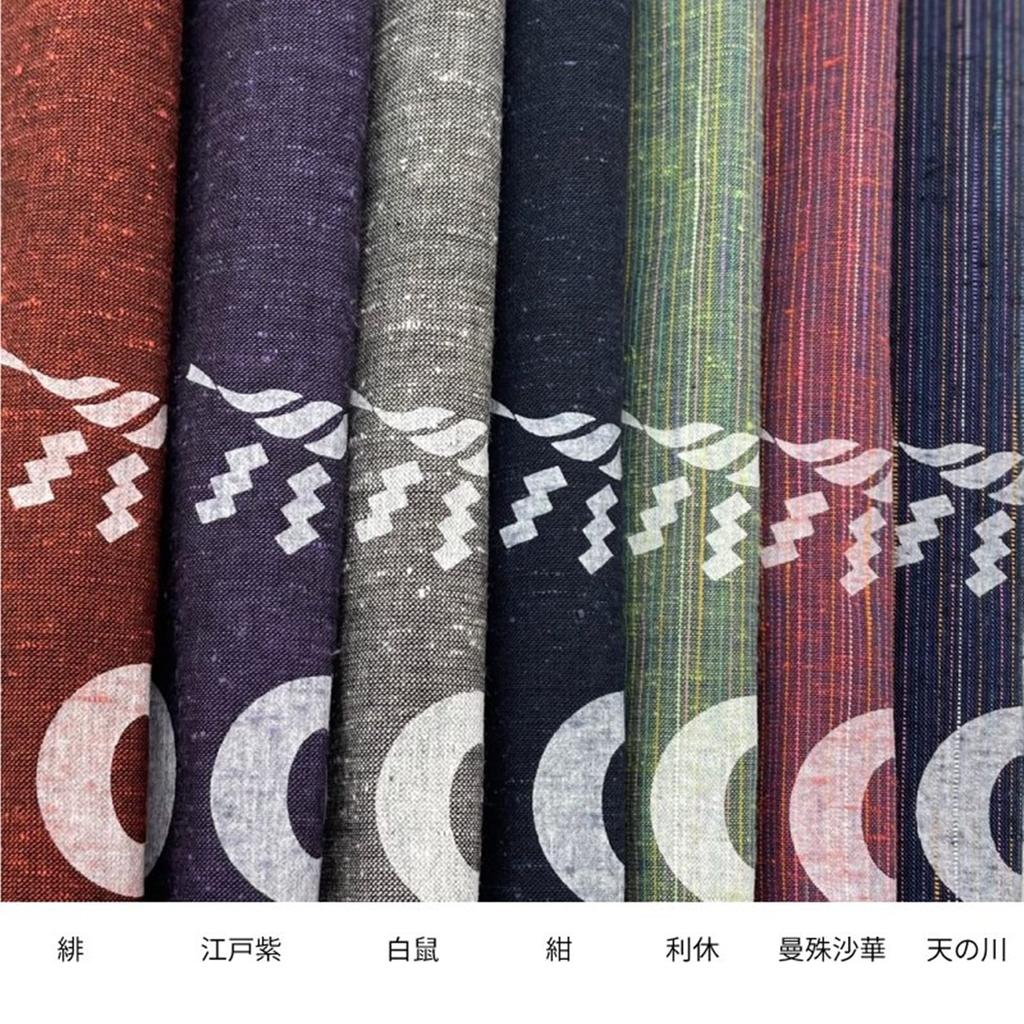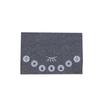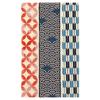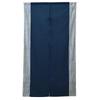Product Introduction
Nukumori Kobo specializes in Shizuoka crafts, including registered utility model "Enshu Cotton Tsumugi" fabrics, original accessories, and Hamamatsu chusen tenugui hand towels. They offer Japanese goods that blend seamlessly into modern life. The "Worship Mat," a collaboration between Nukumori Kobo and Kamidana no Sato, is made from "Enshu Cotton Tsumugi" fabric, offering a refined texture. Laying it down during worship services will enhance and enrich your daily life. About Enshu Cotton Tsumugi: Enshu Cotton Tsumugi is a traditional Shizuoka textile that dates back to the Edo period. Western Shizuoka Prefecture was encouraged to produce cotton and weave it as a side job for farmers. In the Meiji period, Sakichi Toyoda (now Toyota) and Michio Suzuki (now Suzuki) developed the automatic loom, and the region flourished as a cotton textile production center. We still use looms from the mid-1900s to slowly weave two bolts (approximately 27 meters) per day. The resulting fabric has a soft texture similar to handwoven fabric.
Caution (Disclaimer) > Please Read
● Please read the instructions on the back before use and use correctly. ● This product is intended for use with Shinto altars and other sacred objects. Do not use for any other purpose. ● Some shrinkage may occur when washed in water. ● Use a pressing cloth when ironing.
Registered Utility Model Product: Nukumori Kobo specializes in "Enshu Cotton Tsumugi" fabrics and cloth, as well as original goods and Hamamatsu chusen tenugui hand towels, among other Shizuoka crafts. They offer Japanese goods that blend seamlessly into modern life.
The "Worship Mat," jointly produced by Nukumori Kobo and Kamidana no Sato, is made from "Enshu Cotton Tsumugi" fabric and boasts a refined texture. Laying it down during worship will enhance your daily life and enrich it.
・About Enshu Cotton Tsumugi: A traditional Shizuoka textile that has been passed down since the Edo period. In western Shizuoka, farmers were encouraged to grow cotton and weave it as a side job, and in the Meiji period, automatic looms were developed by Sakichi Toyoda (now Toyota) and Michio Suzuki (now Suzuki), and the area developed as a cotton textile production center.
Even today, looms from the mid-1900s are used, and the textile is slowly woven at a rate of two bolts (about 25m) per day. This results in a soft texture similar to that of handwoven fabric.









